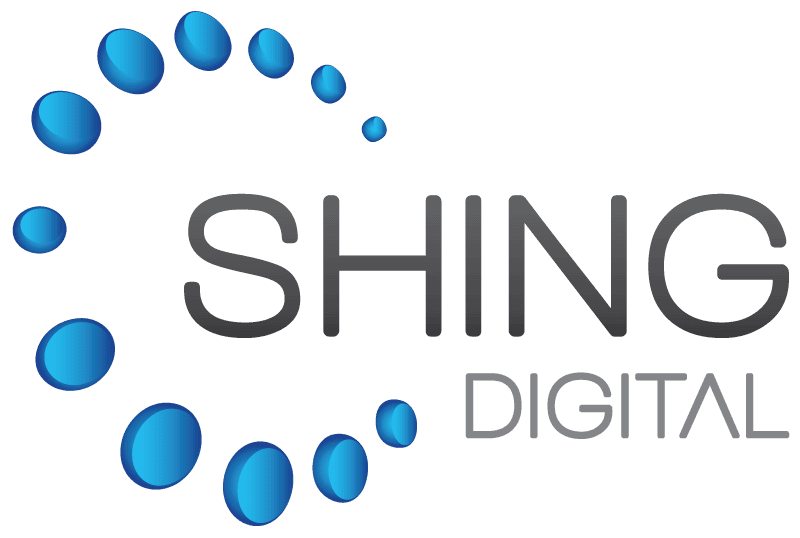Yes, we mean work wise.
And what is your most used IT asset? Probably the desktop or laptop you are using 8 hours a day. Yet these systems have access to a wealth of sensitive business information and therefore your organization’s integrity. So the question is, which protection do you use? And are those systems fully covered?
We have worked with many organizations who get overwhelmed with the many steps one needs to take in order to ensure the security of office workstations. Cyber threats can come in many forms, from malware and phishing to ransomware and data breaches. Therefore, we came up with a list of some essential cybersecurity measures every office should implement to safeguard their workstations.
- Use Strong, Unique Passwords
You have heard this too many times, I know. But one of the most basic yet effective cybersecurity measures is the use of strong, unique passwords for all accounts and systems. Passwords should be at least 12 characters long and include a combination of letters, numbers, and special characters. Avoid using easily guessable information such as birthdays or common words. Consider implementing a password manager to help employees manage their passwords securely. Hint, Password1 is not a good password.
- Enable Multi-Factor Authentication (MFA)
Multi-factor authentication adds an extra layer of security by requiring users to provide two or more verification factors to access a system. This could include something they know (password), something they have (a mobile device), and something they are (fingerprint). Enabling MFA significantly reduces the risk of unauthorized access. We cannot stress this enough. If you don’t have MFA yet, you are vulnerable. Shing uses Duo and Microsoft, but there are many MFAs out there.
- Keep Software and Systems Updated
Regularly updating software and systems is crucial in protecting against known vulnerabilities. Cyber attackers often exploit outdated software to gain access to systems. Ensure that all operating systems, applications, and security software are set to update automatically. It’s also important to regularly review and update security policies to adapt to new threats. For clients who want support with this, Shing can automate the patching cycle, ensuring consistent and regular updates for ever changing potential vulnerabilities.
- Install and Maintain Antivirus and Anti-Malware Software
Antivirus and anti-malware software help detect and remove malicious software from workstations. Ensure that this software is installed on all office workstations and is kept up-to-date. Regular scans should be scheduled to detect and mitigate potential threats early. Remember when we though McAfee was enough? Well, it may not be. Not all antivirus and anti-malware software is the same. Research, speed to deployment and updates is the key. Shing uses ESET and we would be happy to compare multiple systems for your evaluation.
- Install and Email Protection
Email protection refers to the various strategies and technologies used to secure email communications from unauthorized access, data breaches, phishing attacks, and other cyber threats. These protective measures include encryption, spam filtering, malware detection, and multi-factor authentication, among others. By implementing email protection, organizations and individuals can safeguard sensitive information, maintain privacy, and ensure that their communications remain confidential and intact. Email protection is crucial for preventing unauthorized parties from intercepting and exploiting email data, which can lead to significant financial and reputational damages. Shing uses Proofpoint for ourselves and our clients.
- Employ Firewalls
Firewalls act as a barrier between your internal network and external threats. They monitor incoming and outgoing traffic to block potentially harmful data. Ensure that both hardware and software firewalls are installed and properly configured on all workstations.
- Secure Remote Access
In today’s digital era, secure remote access has become a critical component for businesses and individuals alike. The ability to access data and applications from remote locations enhances productivity and flexibility, enabling employees to work from anywhere at any time. However, this convenience comes with significant security risks, making the use of Virtual Private Networks (VPN) and Virtual Desktop Infrastructure (VDI) essential.
- VPNs provide a secure connection between the user’s device and the company network by encrypting data and masking the user’s IP address, thereby protecting sensitive information from cyber threats.
- VDIs, on the other hand, host desktop environments on a centralized server, allowing users to access their work environment securely from any device. This centralized approach simplifies management and enhances security by keeping data within the secure confines of the corporate network. Together, VPNs and VDIs ensure that remote access is not only convenient but also secure, safeguarding against unauthorized access and data breaches, and thereby maintaining the integrity and confidentiality of critical business information.
- Conduct Regular Backups
Regular backups are essential to protect data against loss from cyber-attacks, hardware failures, or natural disasters. Ensure that data is backed up to a secure, offsite location. Automate the backup process to ensure consistency and verify backups regularly to ensure data integrity. This includes email backups. If you have Microsoft, don’t presume your emails and SharePoint is backed up in case of a vulnerability!
- Provide Cybersecurity Training
Employees are often the first line of defense against cyber threats. Regular cybersecurity training can help them recognize and respond to threats such as phishing emails, suspicious links, and social engineering attacks. Make sure the training is updated regularly to cover the latest threats and best practices. Shing has multiple options for very engaged and gamified training to more traditional watch and learn system. Either way, we can align with your learning culture.
- Implement Access Controls
Limit access to sensitive information based on roles and responsibilities. Implement the principle of least privilege, ensuring that employees only have access to the data and systems necessary for their job functions. Use access controls such as user accounts, permissions, and encryption to protect sensitive data.
- Secure Physical Workstations
Physical security is just as important as digital security. Ensure that workstations are locked when not in use and that access to office premises is controlled. Use cable locks for laptops and secure areas where sensitive information is stored.
- Monitor and Audit Systems Regularly
Regular monitoring and auditing of systems can help detect unusual activities and potential security incidents. Implement logging and monitoring tools to track access and changes to systems and data. Regular audits can help identify and address security gaps.
If you are thinking, this is a lot…you are correct. However, all these steps are key in today’s environment. And if a vulnerability occurs, all these steps will be reviewed to identify what could have been done to prevent the incident. By implementing these essential cybersecurity measures, offices can significantly reduce the risk of cyber threats and protect their workstations from unauthorized access and data breaches. Here is the Shing Digital Plug….if you do not have the time or resources to look after this for your environment, we can help. We will work with your individual requirements, budget and timeline. And we will keep you secure.






